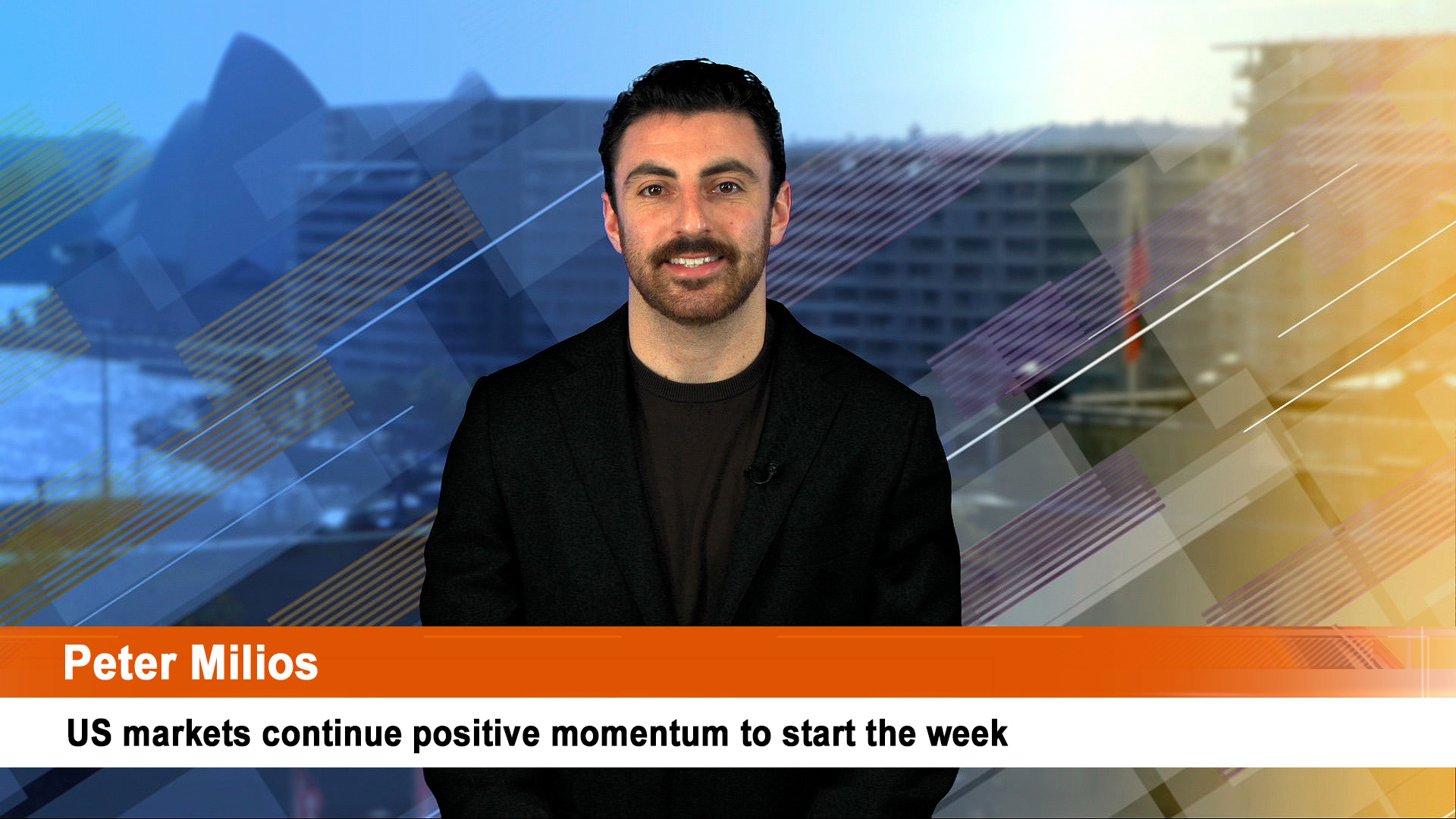Start becoming very concerned about the health of the Chinese economy (and demand for key Australian produced commodities) over the new few months after the Covid driven lockdown of Shanghai, the country’s financial and commercial hub, was tightened sharply on Wednesday as case numbers soared.
Thanks to the growing outbreak in Shanghai, total case numbers have soared to more than 70,000 across 28 provinces and major cities since the start of March, by far the highest rate of infection reported since Wuhan in early 2020.
Shanghai has reported close to 30,000 new cases this month (up till Tuesday), the fastest growth for any region in this outbreak and is rapidly becoming the most dangerous.
Shortages of food and services for lockdown residents in some cities in the north and east have reached state media and various levels of government have started offering support packages to small and medium businesses to help them to help workers.
The city of Shenzhen in South China’s Guangdong Province, Shanghai in eastern China, and the northeastern province of Jilin (where the current outbreak first took hold) are reported by Chinese state media to be the main hotspots – Shenzhen has already undergone a week-long lockdown and intensive testing but has not been able to bring the infections under control.
Wednesday afternoon saw Shanghai authorities start locking down some western areas of the city of 26 million people two days ahead of schedule, as new COVID-19 jumped by a third, defying the already tight measures and testing in place to try and control the spread of the BA.2 variant of the virus.
The dramatic move came on the third day of a staged lockdown officials which has seen city health officials dividing the city roughly along the Huangpu River, splitting the historic centre west of the river from the eastern financial and industrial district of Pudong to allow for staggered mass tests.
While residents in the east have been locked down since Monday, those in the west were previously scheduled to start their four-day lockdown on Friday. That was started yesterday in what is now the third mass control measure in four days. Some media reports said the new lockdowns will last 7 days.
Sunday saw the city and central government decide against a city-wide lockdown but introduce widespread PCR and Rapid Antigen testing, which restricting movements.
A surge in the number of asymptomatic cases on Sunday and Monday and partial lockdowns by thousands of businesses saw the no lockdown decision reversed and the city divided into two zones, with one facing four days of testing and the other another four days for a total of 9 days of strict controls and lockdowns.
But the number of asymptomatic cases continuers to escalate. On Wednesday Shanghai reported a record 5,656 asymptomatic COVID cases and 326 symptomatic cases for March 29, up from 4,381 new asymptomatic cases and 96 new cases with symptoms on Monday. China reclassifies asymptomatic cases if and when they later develop symptoms
Chinese media reported that the southwestern district of Minhang, home to more than 2.5 million people, has suspended bus travel until April 5, keeping millions of people (and workers) confined to their area.
Shanghai authorities told a press conference on Wednesday that since the lockdown began on Monday they had conducted 9.1 million nucleic acid tests. They also said they were starting to disinfect places such as office buildings, construction sites, wet markets and schools in a month-long campaign.
Two major car components suppliers, Aptiv and Thyssenkrupp have oined Tesla in shutting plants due as part of Covid control measures.
Reuters reported that case numbers and lockdowns are rising or being imposed elsewhere. The daily numbers of new local infections in the past two weeks are much higher than those seen in the first two months this year while the eastern city of Xuzhou, which reported a total of less than 20 local infections in the past week, has imposed a three-day lockdown in most areas started Wednesday.
Lockdowns and restrictions are still place in dozens of cities and towns in other provinces, such as Jilin in the north east, around Tangshan and Taijin near Beijing and through the middle provinces of the country.













